Capital questions for the import-export sector
 |
| Despite preferential credit for the import-export sector launched by the banks, there is an urgent need to improve the ability to absorb business capital. Photo: Internet |
Diverse support solutions
Despite current obstacles, Vietnam's import-export turnover is increasing rapidly and approaching 200% of GDP. However, according to experts, to truly benefit the economy, it is necessary to develop a strong domestic business community, improve the added value of exported goods and the ability to participate in the global supply chains. According to a report by the Vietnam Confederation of Commerce and Industry (VCCI), nearly 60% of small and medium-sized enterprises lack capital for production and business activities. Therefore, solutions for financial sponsoring, financing import and export and minimising payment risks in import and export activities are playing an important role.
According to the Government's policies, the credit structure has continued to shift positively, focusing on capital support for production and business sectors, especially priority ones. As one of 5 top prioritised areas, many preferential programs have been carried out to support the import and export sector, of which "tailored" credit programs were specifically for import-export businesses with lower interest rates than in other regular fields.
For example, Vietnam Joint Stock Commercial Bank for Industry and Trade (VietinBank) provides a set of trade finance products VietinBank Trade Up with a credit package of VND 35,000 billion to support key import-export enterprises with large payment turnover. Access short-term credit capital with interest rates from only 6.2 %/year for VND and 3.5% for USD. The Bank for Agriculture and Rural Development (Agribank) recently launched a preferential credit program to finance import and export customers with a scale of up to 25,000 billion VND. Preferential interest rates are up to 1%/year lower than Agribank's current lending interest rate floors for each term range.
Businesses also said that in recent times, many credit institutions have coordinated with financial technology companies (Fintech) to deploy credit and financial support programs for the import-export sector. Therefore, access to capital is more diverse due to lower conditions than borrowing from banks, limiting unofficial loans for businesses from outside or even "black credit" with "exorbitant" interest rates.
In particular, facing the need to diversify revenue sources from service activities, banks have added effective financial solutions for import-export businesses. Accordingly, solutions in international payments with diverse financial and payment services (such as letters of credit, guarantees, collections..., etc.) and support services to avoid exchange rate risks are exploited widely.
The Joint Stock Commercial Bank and Development of Vietnam (BIDV) pioneered such solutions with its Trade Booming incentive program, including a 50% reduction in finance service fees and international money transfers on digital banking applications for businesses. At the same time, Vietnam Maritime Commercial Joint Stock Bank (MSB) has an Easy Trade solution package specifically for import-export businesses, such as reducing trade finance fees by up to 30% foreign currency incentives...
In addition, many banks said that to operate convenient import-export payments, banks have also built a team of experts to advise and accompany businesses in handling customs procedures and international payments.... These issues are increasingly necessary in the context of continuous fluctuations in the world currency market and payment risks when businesses try to find and expand new markets.
Must be correct, accurate and synchronised
In the first months of 2023, credit growth generally remained low despite many instructions on reducing lending interest rates and many credit incentive programs launched by commercial banks. According to experts, credit growth gains at a low level due to capital absorption capacity, low loan demand due to lack of orders, shrinking production and business activities... and banks are also hesitant to lend due to concerns about debt repayment ability.
Therefore, launching interest rate incentive programs or "promoting" credit growth is insufficient. Instead, there must be synchronous and flexible solutions. A business shared that the business is eligible to borrow capital at a cheaper interest rate than usual, but if there are no orders and output, the business has no cash flow to repay the debt. As a result, despite low-interest rates, businesses have no intentions of loans.
Economic expert, Ph.D. Can Van Luc believe that to increase capital access for import-export businesses, it is necessary to complete the legal corridor, such as allowing credit institutions to make payments and provide discounted loans based on receivables?
The Government needs to complete the legal corridor for the testing of financial technology mechanisms (Fintech) peer-to-peer lending (P2P) ... and, at the same time, improve the effectiveness of the Credit Guarantee Fund for small and medium-sized enterprises, promote comprehensive financial education for businesses and people.
According to businesses, import-export business groups often have transparent foreign currency earnings and clear revenue sources in the form of L/Cs, and sales contracts... so they can use these contracts and invoices as unsecured assets for financing.
Therefore, supporting solutions need to be properly evaluated and reflect the actual situation of the business. In the field of import and export, in addition to preferential credit, other resources are essential to exploit better signed Free Trade Agreements (FTAs), more effectively implement trade promotion, and successfully connect supply and demand, diversify goods and export markets. These solutions will lift output obstacles enable businesses to earn revenue and profits to repay debt. In contrast, if these solutions are not implemented synchronously, the credit flow may not flow in the right direction, or businesses may be unable to repay debt, thereby increasing the number of bad debts for banks, negatively affecting financial system safety.
As for businesses, not only in the import-export sector but also in other sectors, capital source diversity is presquistive to obtain dependence on credit lines. At the same time, it is necessary to strengthen risk control, especially financial risks, interest rates, exchange rates, and fraud in import and export.
Related News
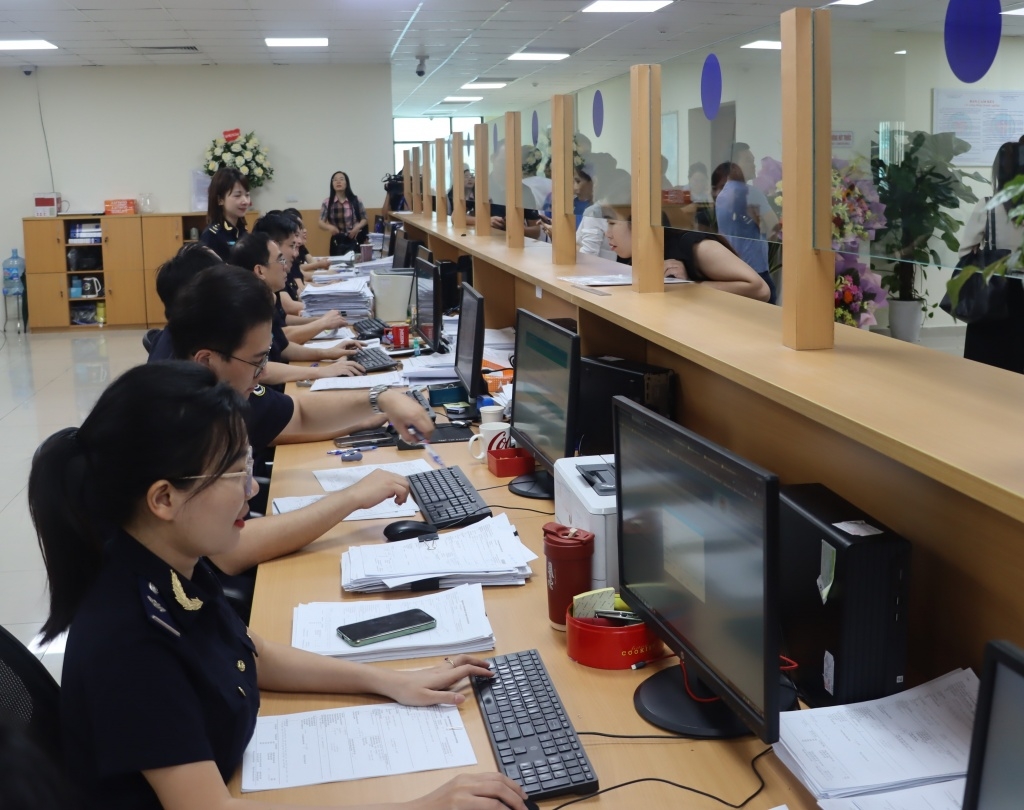
Hai Phong Customs’ revenue rises about VND 1,000 billion
14:52 | 14/02/2025 Customs
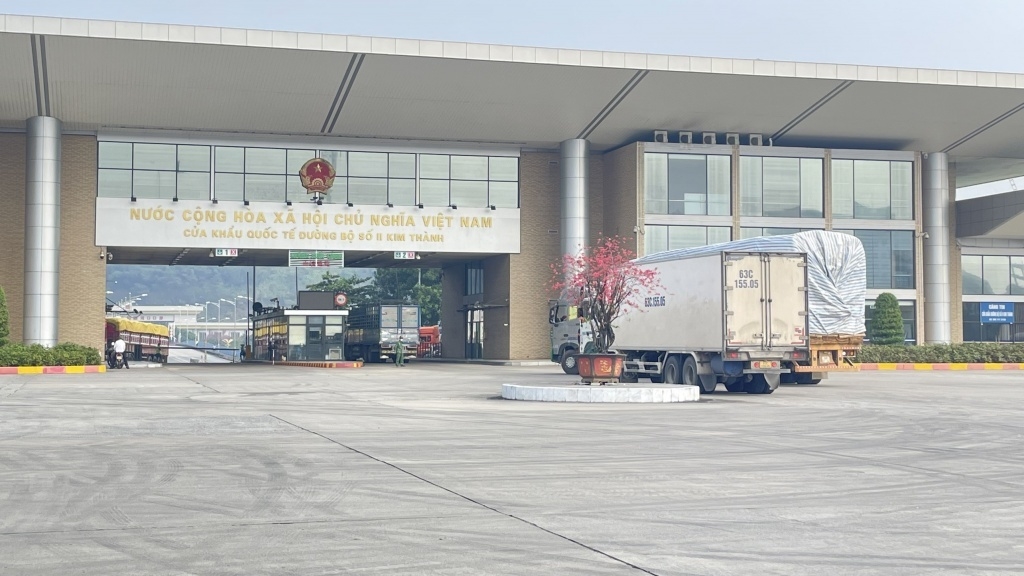
Import and export turnover reaches about US$29 billion in the second half of January 2025
14:52 | 14/02/2025 Import-Export
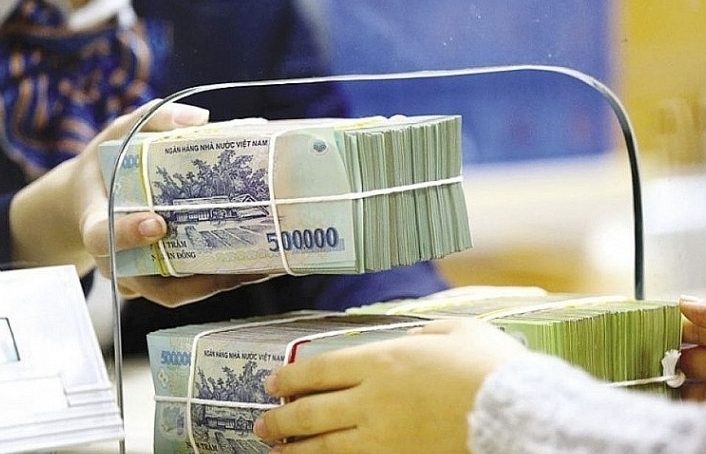
State revenue in first month of the year equal to 14% of the estimate
10:12 | 11/02/2025 Finance
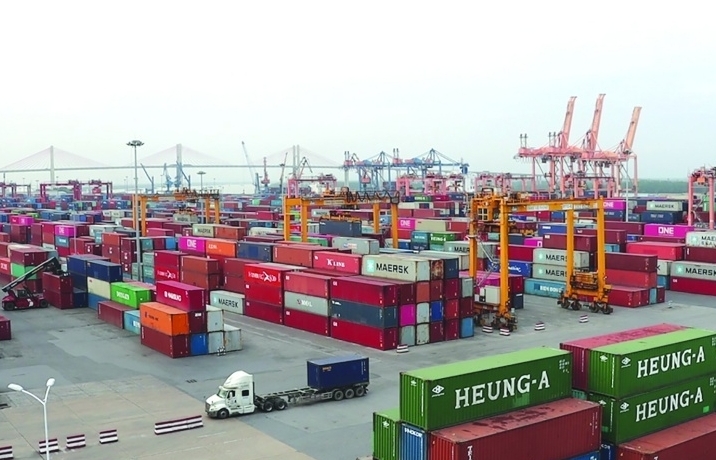
Hai Phong Customs processes more than 1,500 declarations during 2025 Lunar New Year holiday
14:09 | 05/02/2025 Customs
Latest News
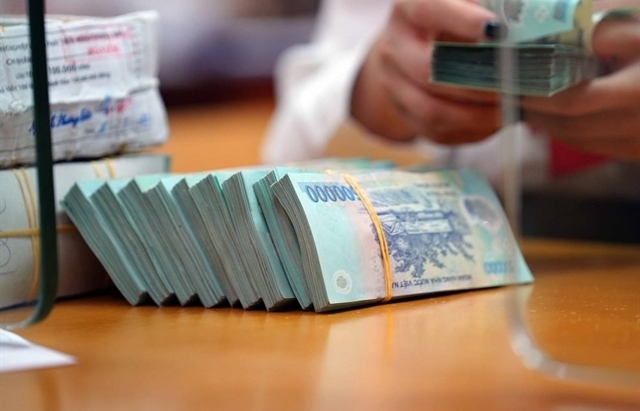
Personal income tax proposed for interest on some bank savings accounts
10:31 | 20/02/2025 Finance

Banks set for aggressive bond issuance in 2025 to fuel growth
16:20 | 19/02/2025 Finance
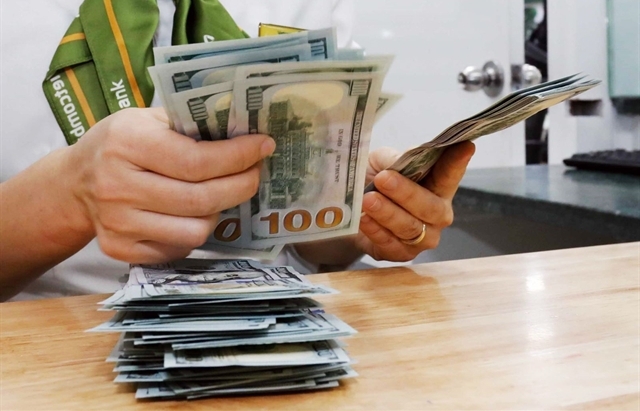
Central bank cuts interest rate on bills for first time in 2025
15:30 | 18/02/2025 Finance
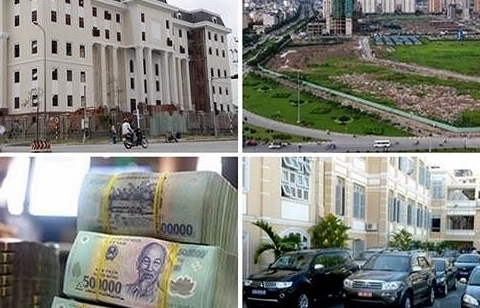
Focusing on inspecting inventory of public assets at units with large and complex assets
16:31 | 15/02/2025 Finance
More News
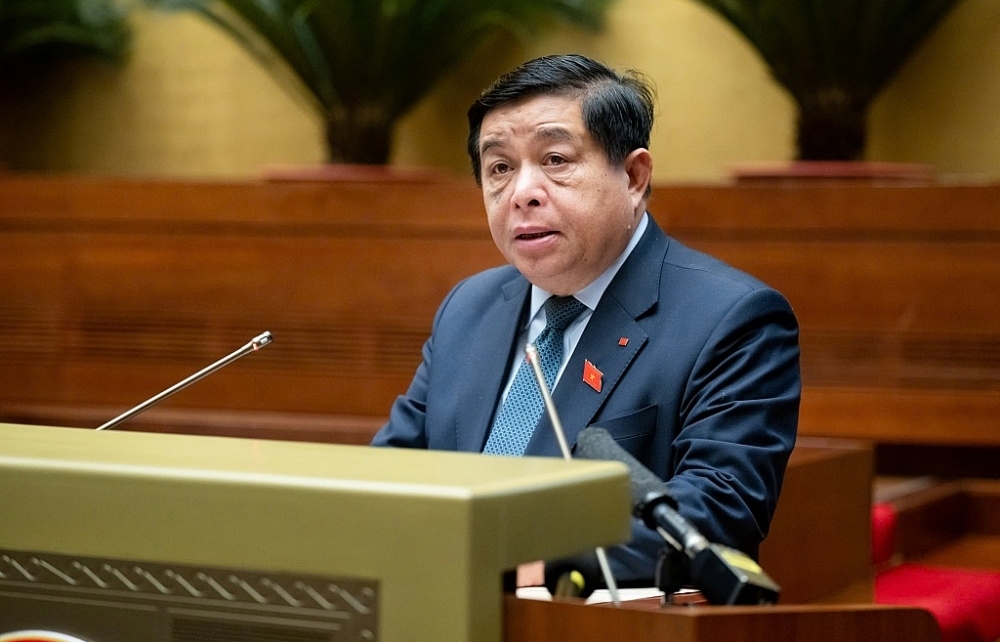
The government seeks approval for revised GDP, CPI targets
16:28 | 15/02/2025 Finance

Fiscal, monetary policies support demand stimulation, price stabilisation
14:49 | 14/02/2025 Finance

Vietnam secures VND 157 billion from state enterprise divestment in 2024
09:16 | 14/02/2025 Finance

Vietnam gears up for potential inflation impact in 2025
14:26 | 11/02/2025 Finance
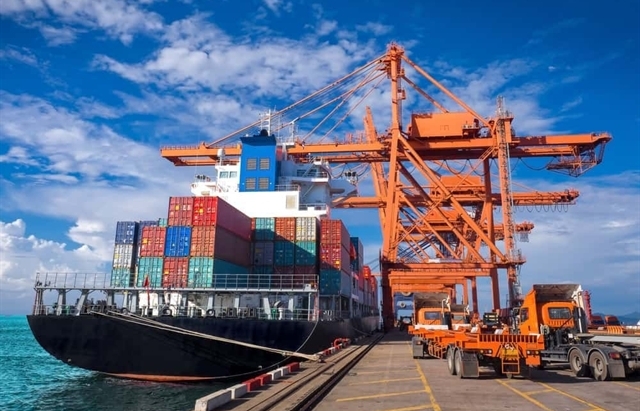
VN’s credit conditions in 2025 expected to be stable
14:24 | 11/02/2025 Finance

Securities 2025 expects a breakthrough in scale and quality
14:37 | 10/02/2025 Finance
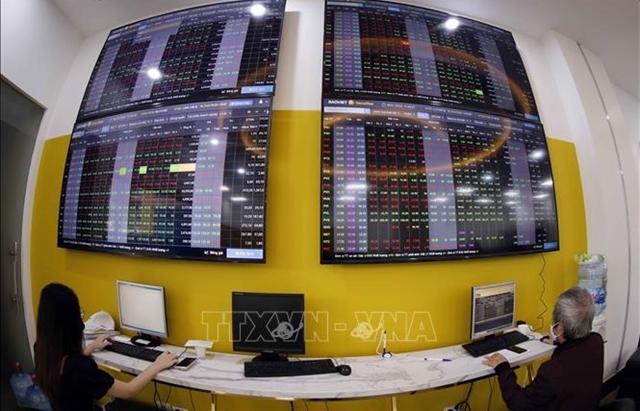
Cash reserves in stock accounts at six-quarter low amid margin rise
08:23 | 10/02/2025 Finance
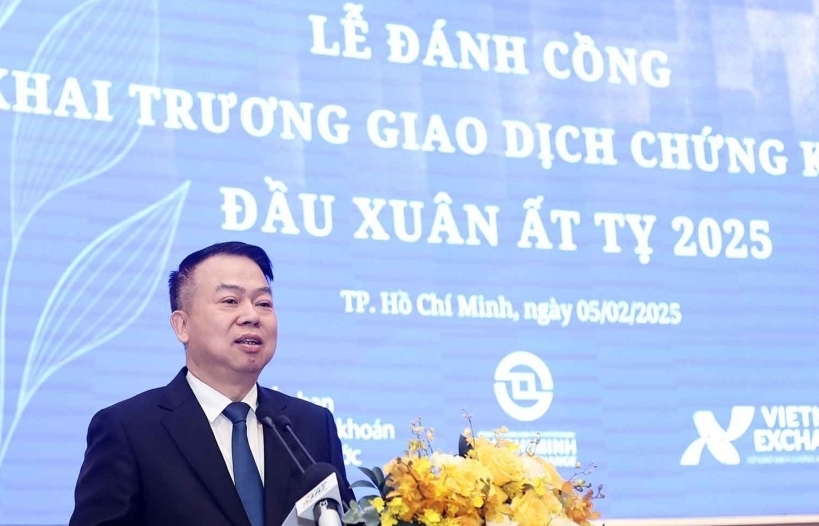
Five solutions for developing stock market in 2025
10:01 | 07/02/2025 Finance
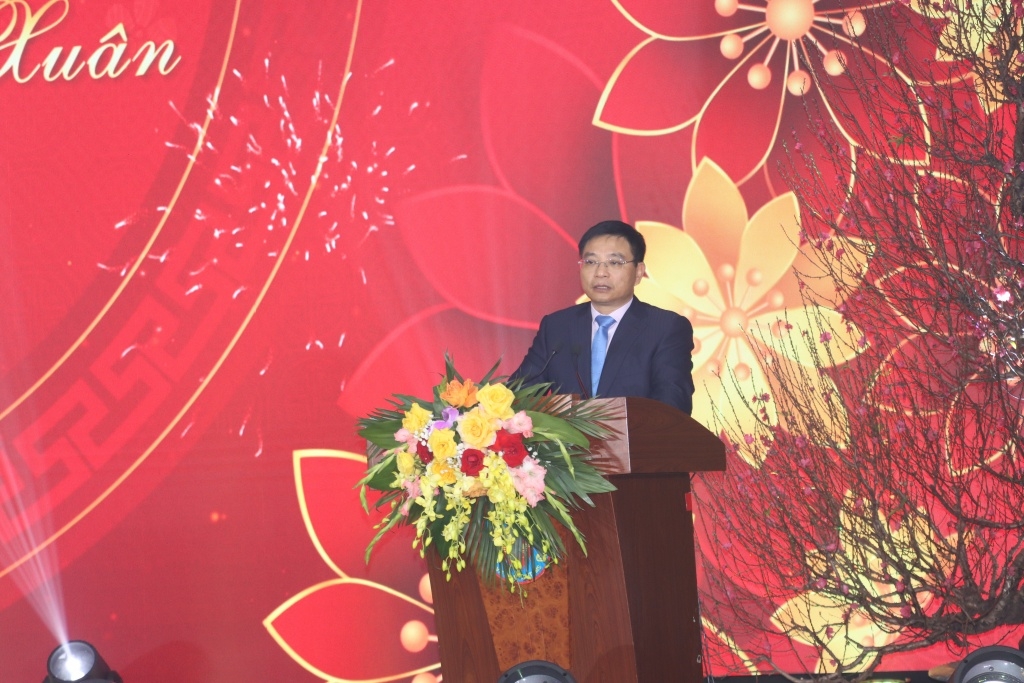
Minister of Finance Nguyen Van Thang works with GDVC at the first working day after the Tet holiday
14:43 | 04/02/2025 Finance
Your care
The system has not recorded your reading habits.
Please Login/Register so that the system can provide articles according to your reading needs.

Personal income tax proposed for interest on some bank savings accounts
10:31 | 20/02/2025 Finance
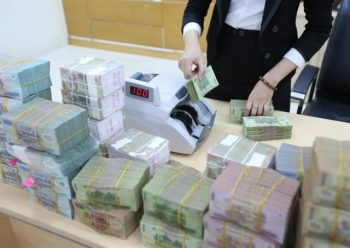
Banks set for aggressive bond issuance in 2025 to fuel growth
16:20 | 19/02/2025 Finance

Central bank cuts interest rate on bills for first time in 2025
15:30 | 18/02/2025 Finance

Focusing on inspecting inventory of public assets at units with large and complex assets
16:31 | 15/02/2025 Finance

The government seeks approval for revised GDP, CPI targets
16:28 | 15/02/2025 Finance
